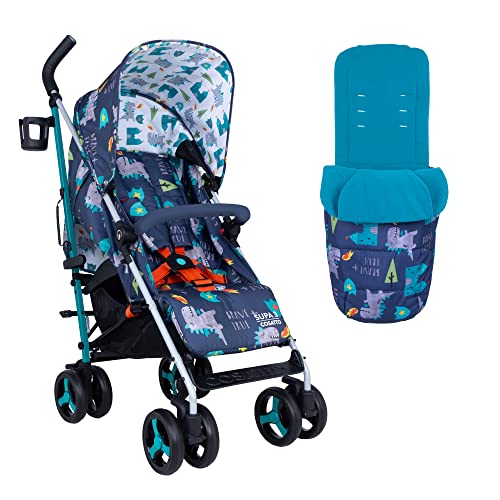What is a Pushchair Single?
A single pushchair is made to carry one child (although some can be used from birth with an infant car seat or carrycot). Some are light, and some can be converted to double.
It is a popular choice for families due to its modern, nippy style and features, such as height-adjustable handles and a large shopping basket. It also boasts machine-washable fabrics and a footmuff that is essential for colder weather.
single stroller sale
If you're seeking one stroller that will expand with your child look into a convertible model. This kind of stroller comes with a hammock seat which can be transformed into the form of a carrycot. It's a good choice for infants. It's easy to fold away from the handlebar and is light enough to drive.
The Larktale Crossover is a stroller/wagon that easily converts to a double-seater with no use of any tools. It is equipped with many features that make it an ideal option for parents, such as an enormous undercarriage and an organizer that hangs from the push bar in both modes. There are a few drawbacks like the nebulous zipper to attach the seat's back in wagon mode as well as the size of the cup holders.
Brakes
A good single pushchair should include two braking systems. One of them is the hand brake that is typically a small lever on the front of the chassis which you flick down to stop, then push it back up to get going again. This is extremely useful on urban terrain where you want to speed up your pace quickly or on pavements in shopping centres where you might have to wait for pedestrians. Another type of brake system is the front wheel braking system found on higher end pushchairs, such as the phil&teds dash and the Bugaboo Cameleon 3 which is activated by pressing the pedal in the same manner as the brakes on bicycles. This is especially helpful when you are going over rough terrain or while running, as it stops the pushchair right away and helps keep your child safe.

The left coupling system 171 for the rear leg 57 and the front leg 19 is equipped with a rear leg mounting bar 173 to which the rear leg 57 is fixedly to a gear 175 that is mounted on the side of the housing 33 that is located within hub 3; a bushing 177 coupled to the gear 175 and extended through a slot 179 provided at the end of mounting bar 173 and a cable that is designed to wrap around J-shaped spool component 181 as well as the post 31 of the front leg 19. The left coupling system 171 for the rear leg 57 as well as the front leg 19 includes a rear leg mounting bar 173 to which the rear 57 is fixedly joined; a gear 175 positioned on the side surface 163 of the housing 33, which is positioned within hub 3; the spool component 181 as well as the post 31 of the front leg 19 coiled around the J-shaped spool part 181 in corresponding slot 179 provided at the end of the mounting bar 173; and a coiled cable.
The brake system 215 is comprised of a first end, 227. It is designed to be in contact with the brake cams in the second position. It also has an additional end 229. The second end of the brake lever 229 has a plurality teeth 231. The teeth are designed to contact the teeth of a gear 233 that is driven by a stroller 1's first rear wheel 59. When the brake lever pressed, the braking cylinder prevents the wheel from rotating on the first rearwheel 59 of stroller 1. The braking system is operated by hand.
Seat unit/carrycot
A single pushchair is an infant travel device designed for babies older than 6 months who are beginning to sit up. They can be converted into prams. Prams tend to have more advanced features and are generally made for babies up to toddlers, with additional padding to keep your child comfortable.
Many pushchairs can be used with car seats, allowing you to create a travel bundle that lets you move sleeping babies from your car into the pushchair. Some come with an infant carrycot, which is ideal for babies, while some have a seat unit which they can use when your baby is ready to transition from the carrycot.
The majority of 'from-birth' pushchairs allow you to select the "facing direction" of the car seat or seat unit. You can either face the parent in order to bond and reassure your baby, or the world so that they can explore the world. Some pushchairs permit you to connect an additional carrycot, infant carrier, or ride-on board.
A quality pushchair must be in a position to easily move across a variety surfaces, including pavements, grass and rough surfaces. Having a sturdy chassis that's built to last is important and so is the choice of tyres. Certain tyres are pneumatic, requiring air to be pumped in at intervals, whereas other tyres are made from an alternative material like EVA or PU which can give a more comfortable and stable ride.
It's worth investing money in a pushchair that is easy to keep clean and maintained. You can clean up spills and crumbs with a baby-wipe, but should you need to remove more stubborn marks, try using the hot air of the hair dryer for 1-2 minutes.
